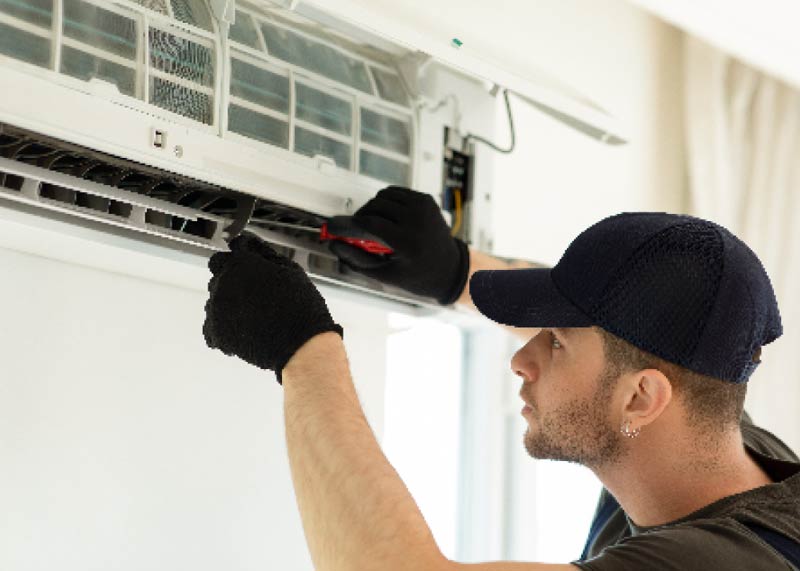
Here’s a situation we’ve all been in, you’ve got a bill you need to pay or a job application to complete by a specific deadline and then…life gets in the way and you miss the deadline. What if you could set up specific alerts and notifications so that you know when a maintenance service is due? Preventative maintenance planning allows for this, taking away the worry of forgetting those all-important dates.
What is Maintenance Planning?
Finances Online reported that the leading cause of unscheduled breakdowns come from aging machines, with around 34% of unscheduled breakdowns caused by older machines. How great would it be to avoid being a part of that statistic? Implementing a proper maintenance planning strategy is key to streamlining your processes and ensuring your business utilizes its resources effectively. The last thing that you want is to be hit with a sudden breakdown of an asset or piece of machinery costing them time and money and disrupting workflows. Maintenance planning and scheduling allows you to plan ahead of time so it’s clear which assets need maintenance and when. Using a dedicated piece of job management software will help you implement a strategy and ensure you’re in a good position to avoid any unexpected surprises.
The Maintenance Planning Process
Now that we’re clear on why maintenance planning matters, it’s time to establish an asset maintenance work flow. Here’s how to do it:
- catalog your assets. This means gathering a digital collection of all of the assets you maintain which is simple to set up with Simpro
- Set relevant service levels against your assets. This will dictate how often maintenance tasks will be carried out for each asset
- Create relevant recurring revenue jobs and assign field technicians to carry out the maintenance work. Once the job is complete, the software you’re using should send the information back to the office from a mobile or tablet device (note, this not something every software does)
After completing these steps, run the relevant maintenance scheduling report at a frequency that suits you in order to see which assets need to be tested and when. Once you’ve established this basic template for maintenance planning, the process becomes much easier to manage.
The Benefits of Maintenance Planning
In order to have a successful business, you need to be two or three moves ahead of where you actually are to ensure that you’ve got the right tools to grow your business and ensure its success. Sound easier said than done? Having lots of assets or using a manual method to keep on top of your planned maintenance definitely makes scheduling recurring maintenance jobs a tad harder…but not impossible. With dedicated maintenance planning tools, you can save time and stay on top of planned preventative maintenance jobs when they’re due while taking advantage of service levels to specify how often an asset needs to be monitored.

Using a cloud-based maintenance planning software has many advantages when compared to a manual process. By running dedicated reports within a set time frame, you can automate the process of having to find out what assets need maintaining and the date that they need to be maintained by. These reports show a comprehensive list of any assets that need to be tested based on their service levels. In addition, you can then use this report to raise any maintenance jobs required, saving you hours of time better utilized getting on with other aspects of your business.
You’re also able to see the service history for specific assets, whether they passed or failed and particular notes that the technician left about those assets. The ability to have all of this information stored within one piece of software will save hours of time.
What Makes a Maintenance Plan Effective?
When you’re setting up maintenance scheduling and want to achieve an effective maintenance planning procedure, there are a few things you need to remember. First, make sure you have a full list of any assets that you’re maintaining. Once you’ve got the basic skeleton down, go through which specific maintenance tasks need to be performed and organize who’ll be responsible for each one. It’s important to have an idea about the specific skill sets required for each task so you don’t schedule the wrong engineer for the work. The planning and preparation stages are some of the most important steps needed to ensure that each part of the jigsaw is well thought out and structured so you get the maximum output for your business.
How to Implement Maintenance Planning and Scheduling
There’s that age-old saying from Benjamin Franklin that you may have heard on a couple of occasions.

Here are a few tips and things to remember when planning and scheduling maintenance:
- Build the foundation. Make sure that the relevant communications have been sent out internally so everyone is ready for the change in the maintenance workflow. In addition to this, ensure that your staff have a stable support network established within leadership roles.
- Adapt. You’ve established how you want things to move forward with your maintenance plan. That’s great! Now define any new processes in thorough detail, including responsibilities for the team/s and any necessary training that will be involved.
- Deploy. Ensure everyone is aware of their responsibilities so maintenance planning becomes an every day part of the job.
- Assess. You’ll need to assess your maintenance planning process on an ongoing basis. After a few weeks, take a look back at the old processes compared with the new and identify the pros and cons of each. You can then choose to alter or maintain as you wish.
There are plenty of other ways in which you can grow your field service business, and say goodbye to outdated processes which really grind your gears. With preventative maintenance planning software, you can save time and money by implementing new processes in an efficient and cost-effective manner.
